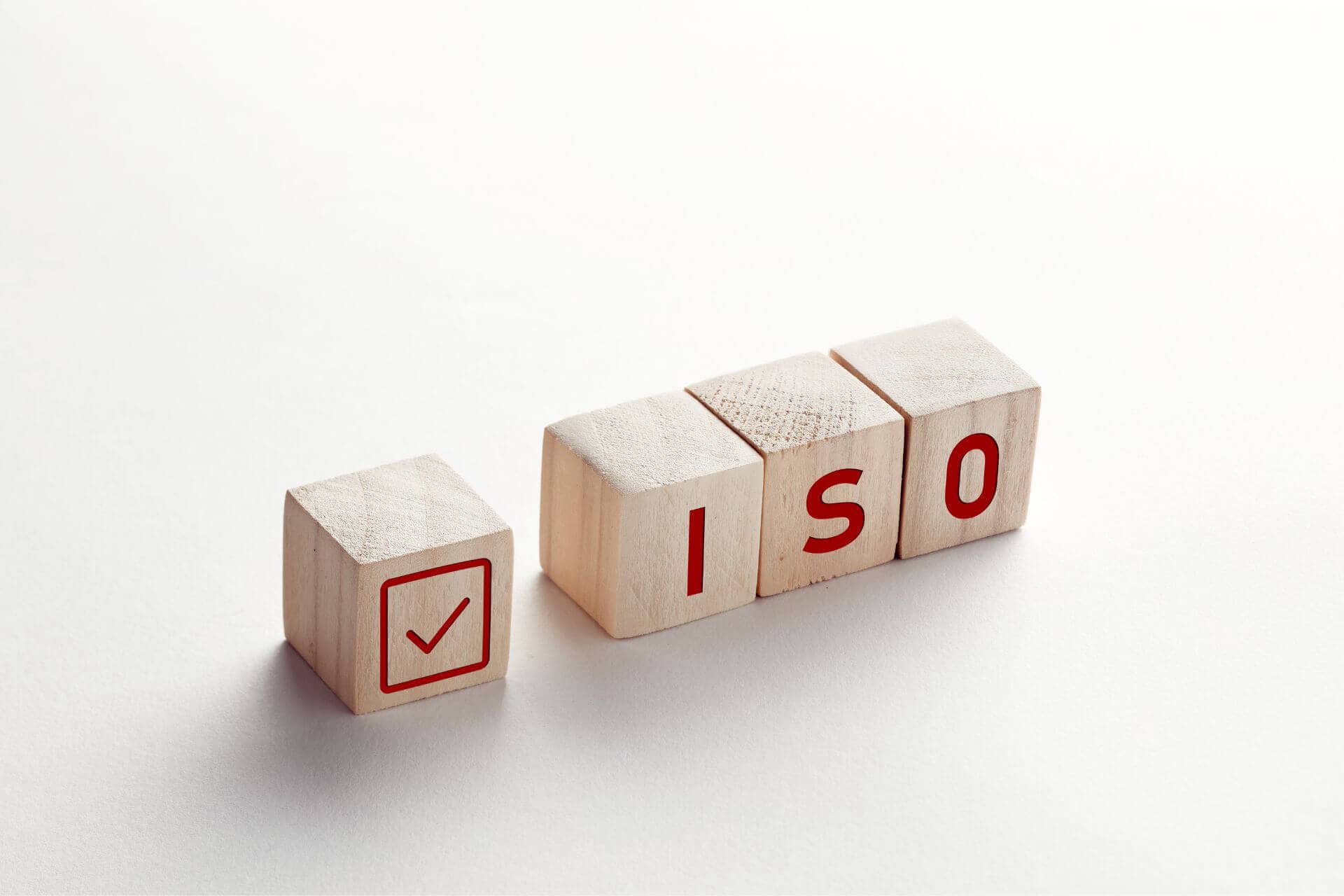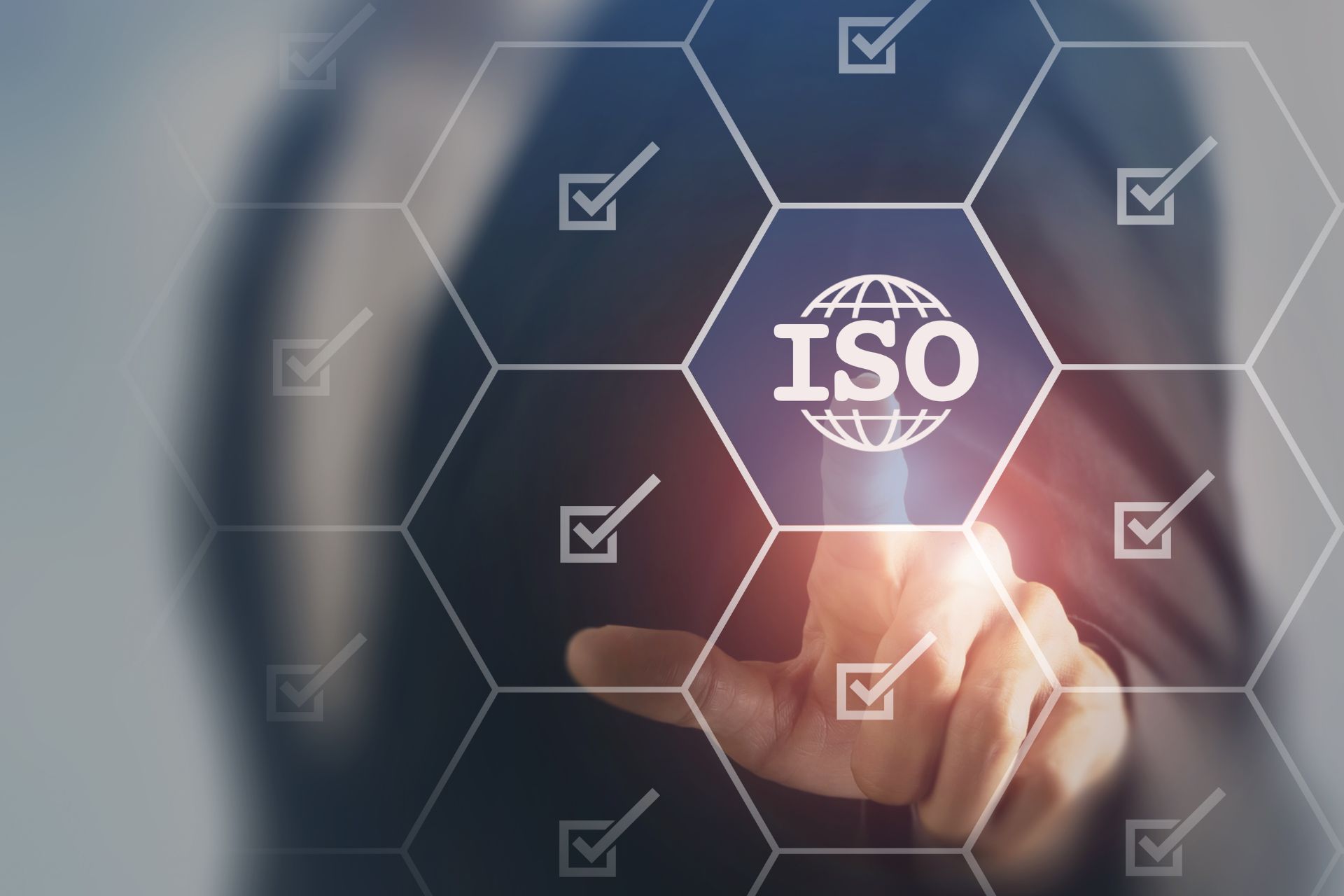An integrated ISO 45001 and ISO 45003 management system
Combine the management of physical occupational health & safety with psychological well-being
Create a comprehensive framework of processes designed to protect your workers, both physically and psychologically, with this Integrated Management System.
By incorporating ISO 45001, the Standard for occupational health & safety, with the practical guidelines on psychosocial hazards in ISO 45003, you can create a framework that identifies both physical and psychological risks to your workers and develop processes that can help you to mitigate or remove them.
This creates an even more comprehensive occupational health & safety management system, helping you to keep your staff happy, healthy and safe.

What is an Integrated Management System (IMS)?
An Integrated Management System is essentially a set of pre-defined processes and procedures that help businesses to achieve best practice.
Handling multiple ISOs in isolation can be inefficient and take up unnecessary time and resources. But by combining more than one ISO into an integrated system, you can tackle common elements all at the same time, freeing you up for other essential business.
ISO 45003 is also a logical extension for the ISO 45001 checklist, building on the framework of an occupational management system with more specific guidance relating to psychosocial health. The two are therefore ideal partners for an integrated system.
Why integrate ISO 45001 & ISO 45003?
ISO 45003 gives guidance on managing psychosocial risks within an occupational health & safety management system and is therefore highly compatible with ISO 45001. By combining the two, you can create a system that can identify and control both physical and psychological risks to your staff.
Integrating these ISOs creates a single documented and managed system. This allows you to easily implement changes and improvement across your business, minimising the possibility of negative impacts later down the line.
-
Plan: Owners are clearly defined; leaders take responsibility and processes are documented and well communicated.
-
Do: Training needs are identified and met, while resources are effectively allocated during operation.
-
Check: Regular checks are carried out to inspect the system’s effectiveness, with risks and failings identified and documented.
-
Act: Beneficial improvements are rolled out through the single, integrated system and excellence is achieved through compliance best practice insights.
You will also gain control of your compliance 24/7 through our online management system platform, Atlas ISO. This comes with the additional benefits of built-in document controls, digital templates and automated task management.
Ready to get the benefits of an IMS?
With an Integrated Management System, your processes will work together so that each function is aligned and can contribute to one shared goal: improving your overall performance.
Thanks to one set of documentation, policies, procedures and processes for all Standards, you can also reduce risks and increase profitability.
Find out how much an Integrated Management System would cost your business by using our fee calculator.
Want a faster, more personalised quote?
Skip the wait! Call us now on 0333 344 3646 for quick, tailored pricing, and exclusive discounts.
Your Quote has been emailed to you
Not received your email yet? Quotes will typically arrive instantly, but please allow 5-10 minutes depending on your email client and remember to check your junk folders. Why not check out some of our other services while you wait…
Prefer to speak directly with one of our Certificate Development Consultants? Please call us on 0333 344 3646
Please note that the fees quoted are based on one office, in one location, in the UK mainland.
3 Steps to Certification
With our help, the certification process can take as little as 45 days to complete
Gap Analysis
One of our expert consultants will visit your Organisation to review and document your current processes and procedures, highlighting any areas that do not meet the requirements of the Standard.
Implementation
Now its time to make sure any required process or procedural changes are made, as highlighted in the Review. We can provide templates to assist you in doing this.
Certification
An Auditor must now visit your Organisation to check that the documented processed are being followed and that the necessary changes have been made. Once they are satisfied, you will be rewarded with your certification.


